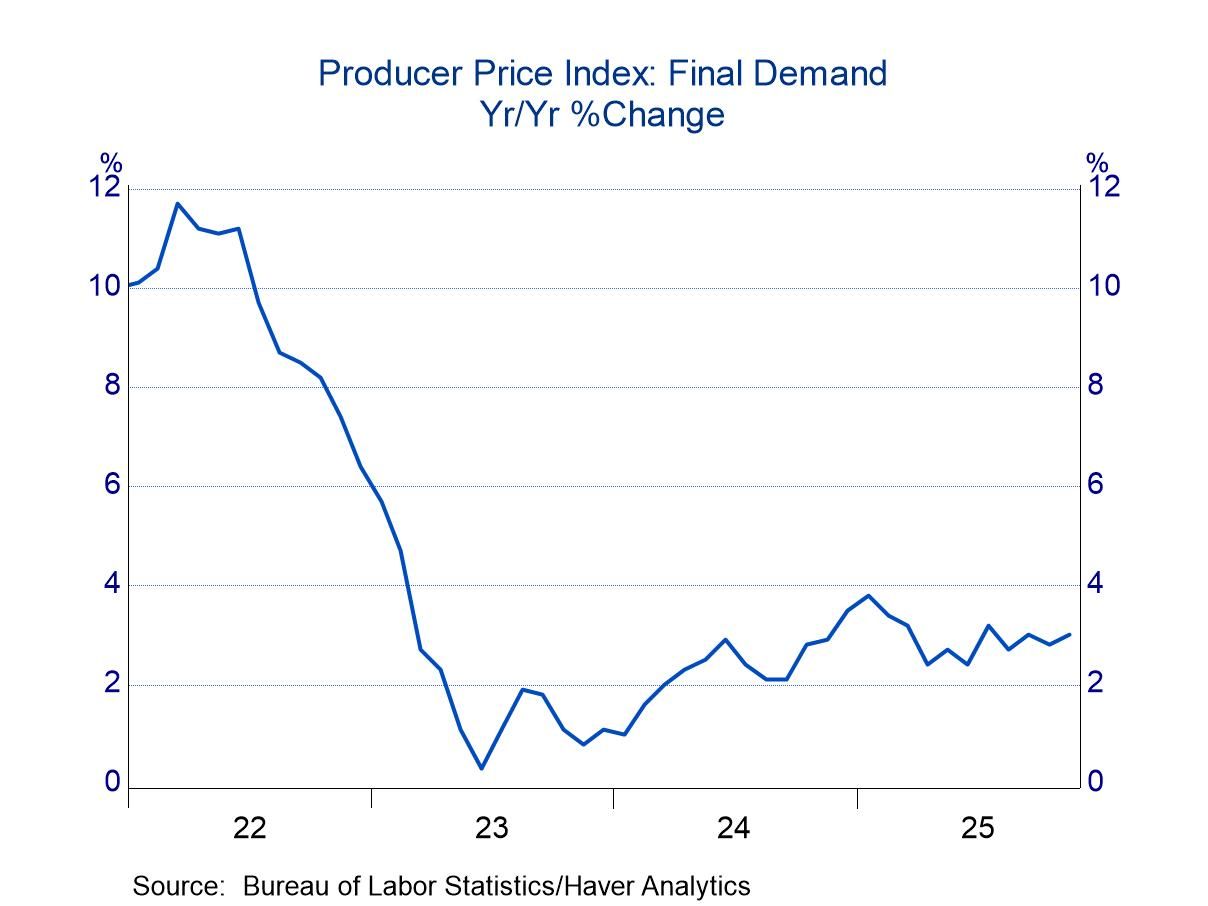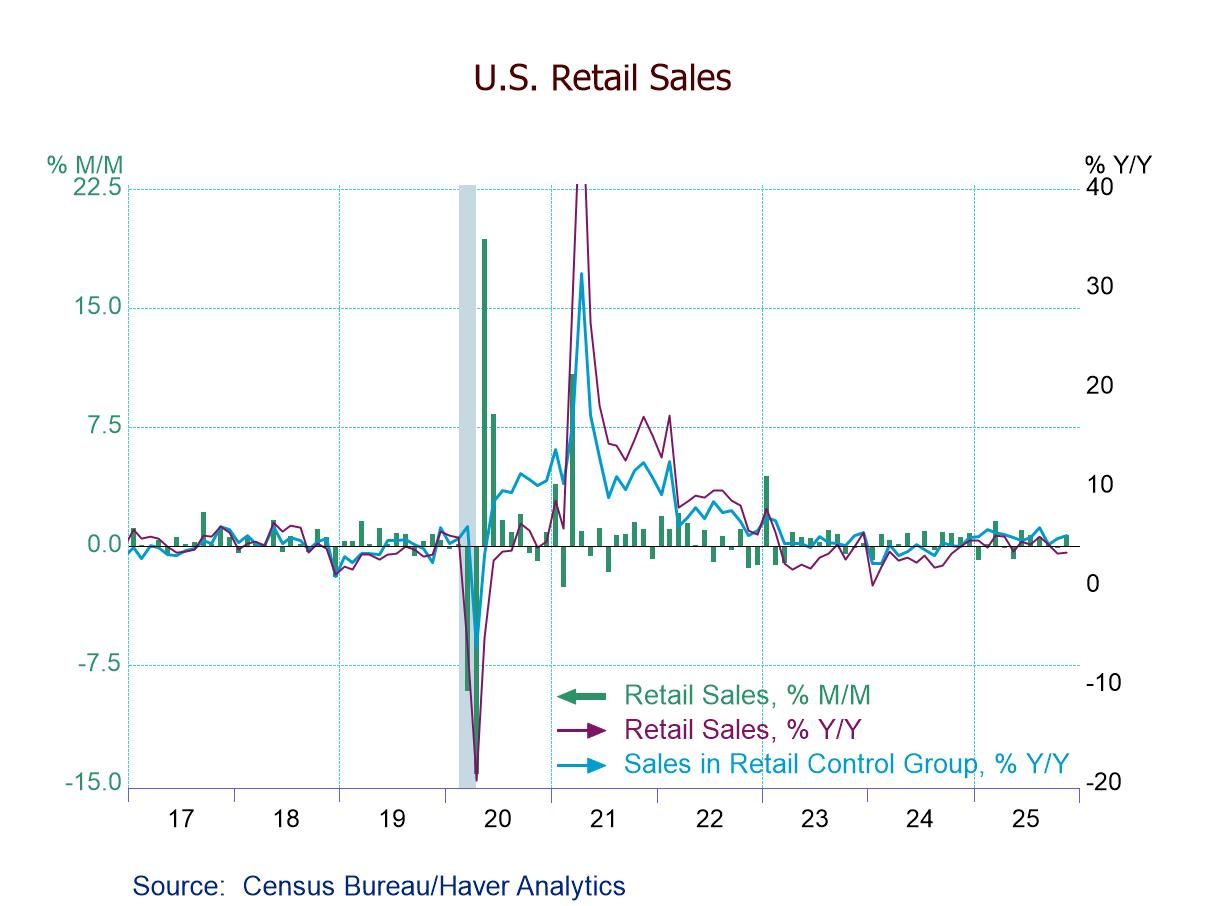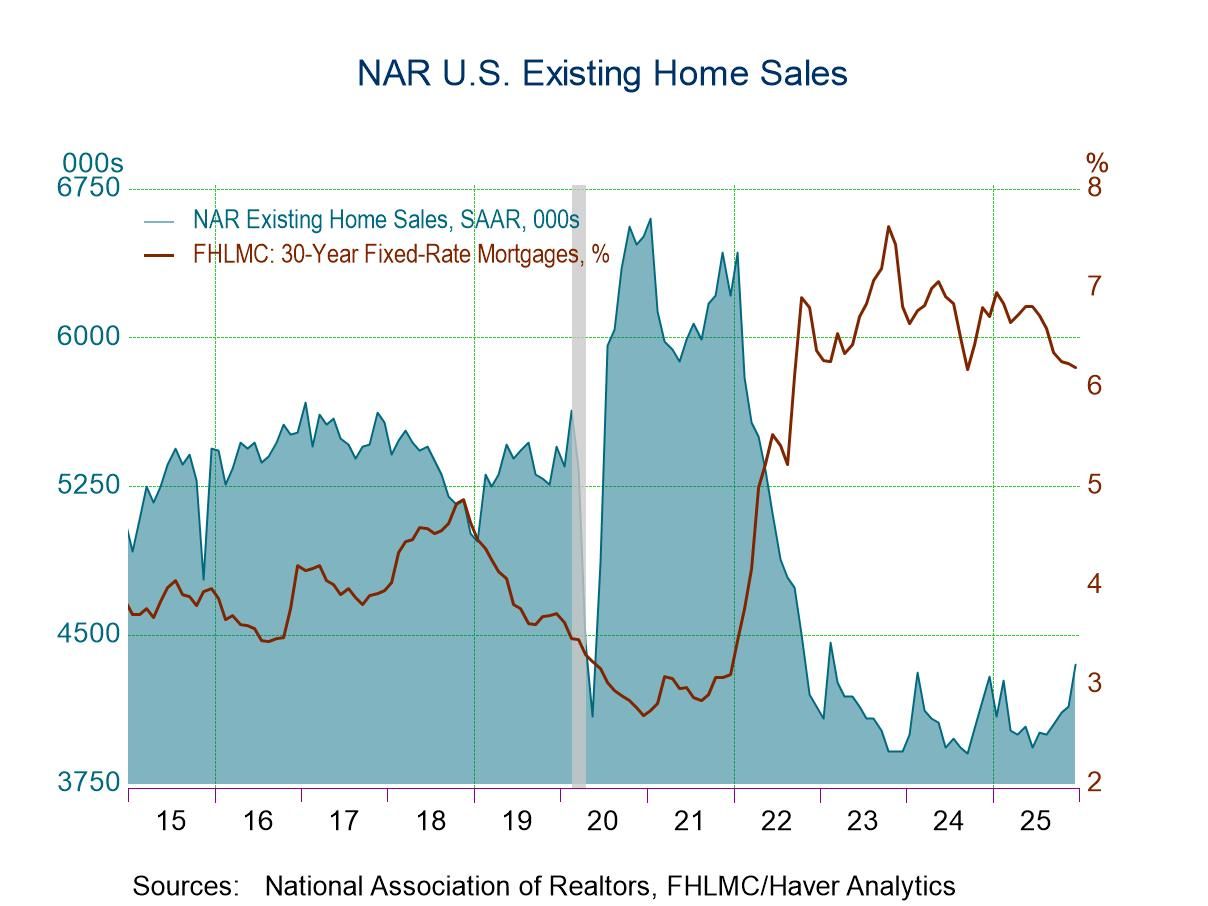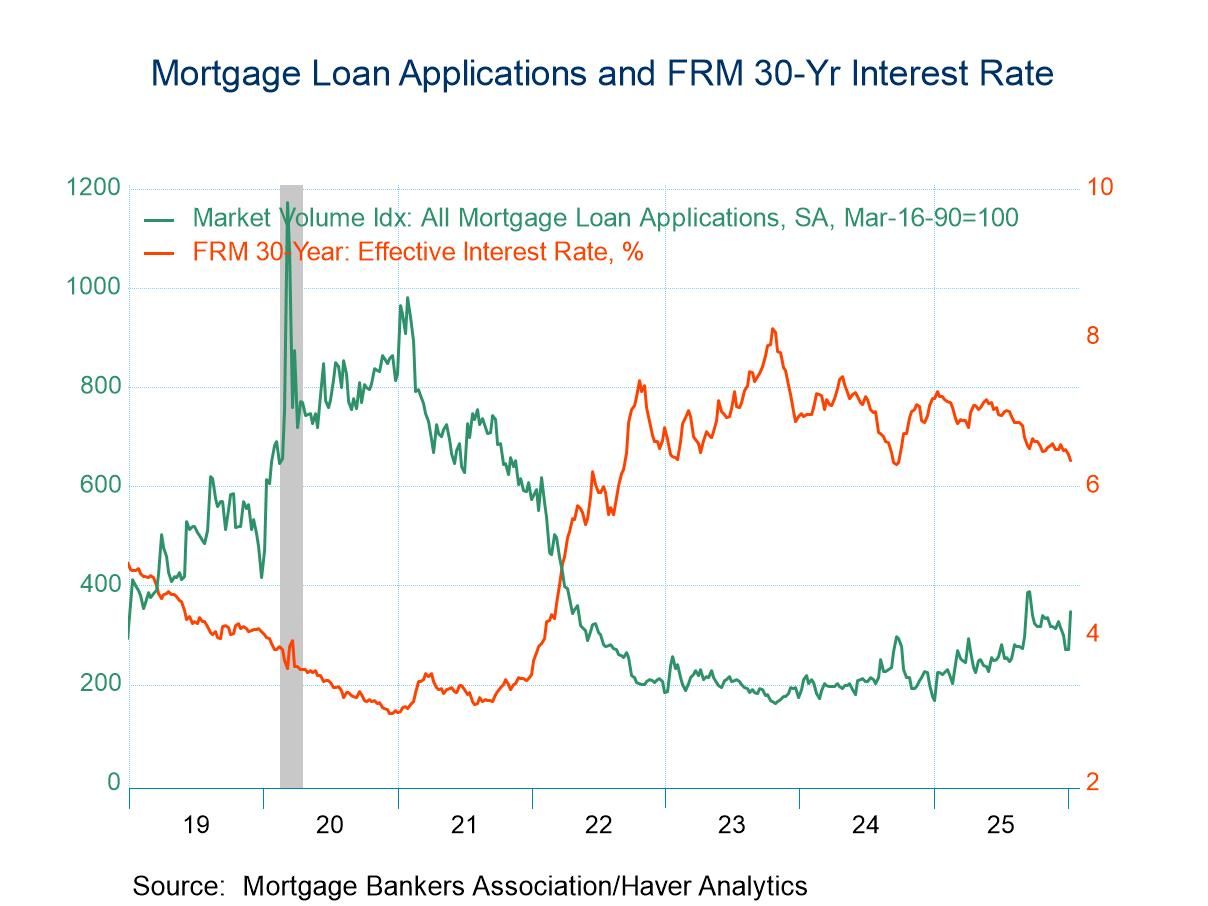 Global| Feb 05 2024
Global| Feb 05 2024Composite PMIs Largely Stabilize

Stability settles in for the composite PMIs in January 2024. The average for all 25 members in the table is 50.5 in November; that rises to 51.1 in December and to 51.5 in January 2024. It’s a small set of increases, but the improvements offer a picture of stability. The overall metrics show an average of 51.6 for the composite PMIs over 12 months, which falls back to 50.8 over six months but then rises back to 51.0 over three months. This set of data confirms that these PMI gauges have been floating around in a narrow range for the past year. The medians for these same time periods also show a great deal of stability; there is some slight uptick over the last three months, preceded by considerable stability over 12 months, six months and three months.
PMI values vs. their queue standings The composite PMIs are a weighted average of the manufacturing and service sector PMIs for the various countries/reporters in the table. The average for all 25 countries is a queue standing of 48.7% on an unweighted basis while the median queue standing is a 46.9 percentile standing. The standings which are expressed in percentile terms should not be confused with the PMI gauges that are diffusion gauges expressed as all the rising observations plus half of the unchanged observations as a percent of the total number of observations in each country as reported by participants in each reporting region. With the queue standings, we look at the current PMI diffusion data that populate the table and rank them in their own history for each reporter. Queue standings are presented in only two columns differentiated in presentation with percent signs.
The table shows that in January there are 9 jurisdictions below a diffusion value of 50, which is the breakeven mark (dividing line between expansion and contraction) for the composite compared to 11 being below the composite of 50 in November and December. The number jurisdictions below 50 has fluctuated and a fairly narrow range with 8 averaging below 50 over 12 months, 10 averaging below 50 over six months and 9 averaging below 50 over three months.
Another metric of how conditions are evolving is to look at the changes period-to-period. On that metric, we see that nine of the 25 jurisdictions are slowing month-to-month in January and in December and those are smaller amounts than the 12 that were slowing in November compared to October. The 12-month average shows that there are 13 slowing comparing the 12-month average to 12-months ago. There are 18 slowing comparing over six months to the average over 12 months, marking the 6-month period as the period of the most intense weakness over this past year. Whereas looking at 3 months compared to 6 months, there are only 10 jurisdictions indicating slowing.
The far-right hand column creates percentile standings for all the metrics in the table over the last four years. Only ten of these jurisdictions show standings above the 50th percentile, marking only 10 as having standings above their medians for this four-year period. The average queue standing for these metrics is in the 48.7 percentile, while the median among these is at 46.9 percentile, a weaker figure. Fifteen of the jurisdictions currently are below their medians for the previous four-year period. This represents a reading below their four-year median standing.
On balance, these data depict a global economy that has been through a period of considerable slowing and weakness where conditions are beginning to stabilize and have been stabilizing to various degrees over the last year. The diffusion indexes, viewed broadly, suggest that contraction is somewhat prevalent but not common as there are many fewer jurisdictions below 50 and then above 50 on all horizons. Period-to-period slowing has also lost momentum; it reached its point of peak weakness over 6 months compared to 12 months and has since shed some of that weakening tendency. Percentile standings, however, mark the average and median readings as below their four-year averages and medians. The BIC countries excluding Russia are an exception with averages for their percentile standings at the 78th percentile. Meanwhile, the U.S., the U.K., and EMU regions have queue percentile standings in their 40th percentile, still quite weak. The large, developed countries continue to show some of the weakest performance during this time.

Summing up The past year was a period of ongoing shocks with the Russia-Ukraine war and more recently with events in the Middle East involving Israel and Hamas. Their ongoing conflicts coupled with the Pacific Rim area around the South China Sea made 2023 a year of some instability. Also, central banks were largely fighting inflation overshoots; it was a year in which inflation began to respond to policy tightening. By the end of the year, inflation had fallen faster than expected in most inflation-targeting countries. As we enter 2024, we see some evidence of economic stability, perhaps some hints of economic strength, and we see less of a motivation for central banks to continue to raise rates. As such, investors are beginning to look to the period when central banks will begin cutting rates, since inflation is beginning to trend down toward their targeted rates of inflation. This marks 2024 as an important transition year and a period in which we are going to have to watch growth and inflation developments carefully to handicap the conduct of monetary policy.
Robert Brusca
AuthorMore in Author Profile »Robert A. Brusca is Chief Economist of Fact and Opinion Economics, a consulting firm he founded in Manhattan. He has been an economist on Wall Street for over 25 years. He has visited central banking and large institutional clients in over 30 countries in his career as an economist. Mr. Brusca was a Divisional Research Chief at the Federal Reserve Bank of NY (Chief of the International Financial markets Division), a Fed Watcher at Irving Trust and Chief Economist at Nikko Securities International. He is widely quoted and appears in various media. Mr. Brusca holds an MA and Ph.D. in economics from Michigan State University and a BA in Economics from the University of Michigan. His research pursues his strong interests in non aligned policy economics as well as international economics. FAO Economics’ research targets investors to assist them in making better investment decisions in stocks, bonds and in a variety of international assets. The company does not manage money and has no conflicts in giving economic advice.






